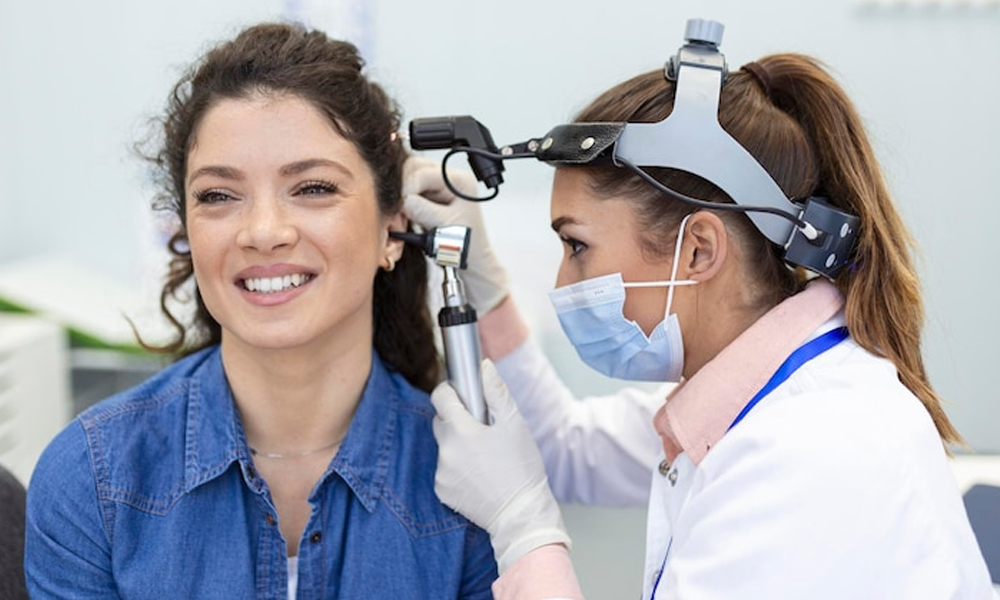-
 Toll Free No 9146-744-744
Toll Free No 9146-744-744 - Appointment
An eardrum repair surgery or Tympanoplasty is a surgery to improve hearing and protect the inner ear. A Tympanoplasty is required when there is a perforation or a hole in the eardrum that cannot close itself. This hole decreases the hearing quality and may allow water to get into the middle of the ear. The surgeon closes this hole through a surgical intervention which helps improve the hearing condition. It also prevents the water to enter the middle of the ear during showers and swimming.

Tympanoplasty is a surgical treatment to repair a defect in the tympanic membrane of the ear with the placement of a graft inside the eardrum. The goal of this surgical procedure is not only to close the perforation but also to improve hearing. During the surgery, the surgeon grafts the tympanic membrane (ear drum) and reconstructs the middle ear. A prosthetic device may need to be implanted to replace the ossicles (middle ear bone) that have caused the infection due to damage. Types of prosthetics used to replace the middle ear bone: T.O.R.P. (Total Ossicular Replacement Prosthesis) P.O.R.P. (Partial Ossicular Replacement Prosthesis) The primary aim of Tympanoplasty is to close any hole or perforation in the ear drum to improve hearing.
If the tear or hole in the eardrum doesn’t close on its own, an ENT specialist may seal it with a patch. This is an outpatient procedure; the surgeon applies a chemical or gel to the edges of the tear, which can promote ear drum healing, and then applies a patch over the hole to seal it. The procedure may need to be repeated more than once before the hole closes.


The blowing nose should be avoided after the surgery, but if you want to sneeze, try to keep your mouth open to reduce the pressure on your ear.
An ear surgery that takes out part of the mastoid bone in the ear is called a Mastoidectomy. The surgery is performed to treat ear infections, an infected mastoid bone, or if a cyst forms. Depending on the location of the cyst, both Mastoidectomy and Tympanoplasty can be performed to treat the ear.
A perforated eardrum can be caused by a chronic ear infection, very loud noise nearby, or entry of any foreign object in the ear. When an ear infection develops, they build up fluid that can force pressure against the ear drum and can cause it to rupture.
The surgery usually takes 30 minutes to 2 hours.
Using headphones or earphones should be strictly avoided for the first month. Make sure not to wet the operated ear for about 7 to 10 days after surgery.
Tympanoplasty is an effective procedure that can lead to improvement in hearing functions of patients and prevent recurrent ear discharge.
The hearing usually starts to return about one week after the surgery and can improve thereafter.
Yes, most ENT procedures are covered under daycare health insurance. Contact our HospiOne Team for further details.
OUR PROCESS IS EASY contact us for More information.
Copyright © 2023 hospione.com - All Rights Reserved | Developed by Digital Marketing StudioGenix LLP